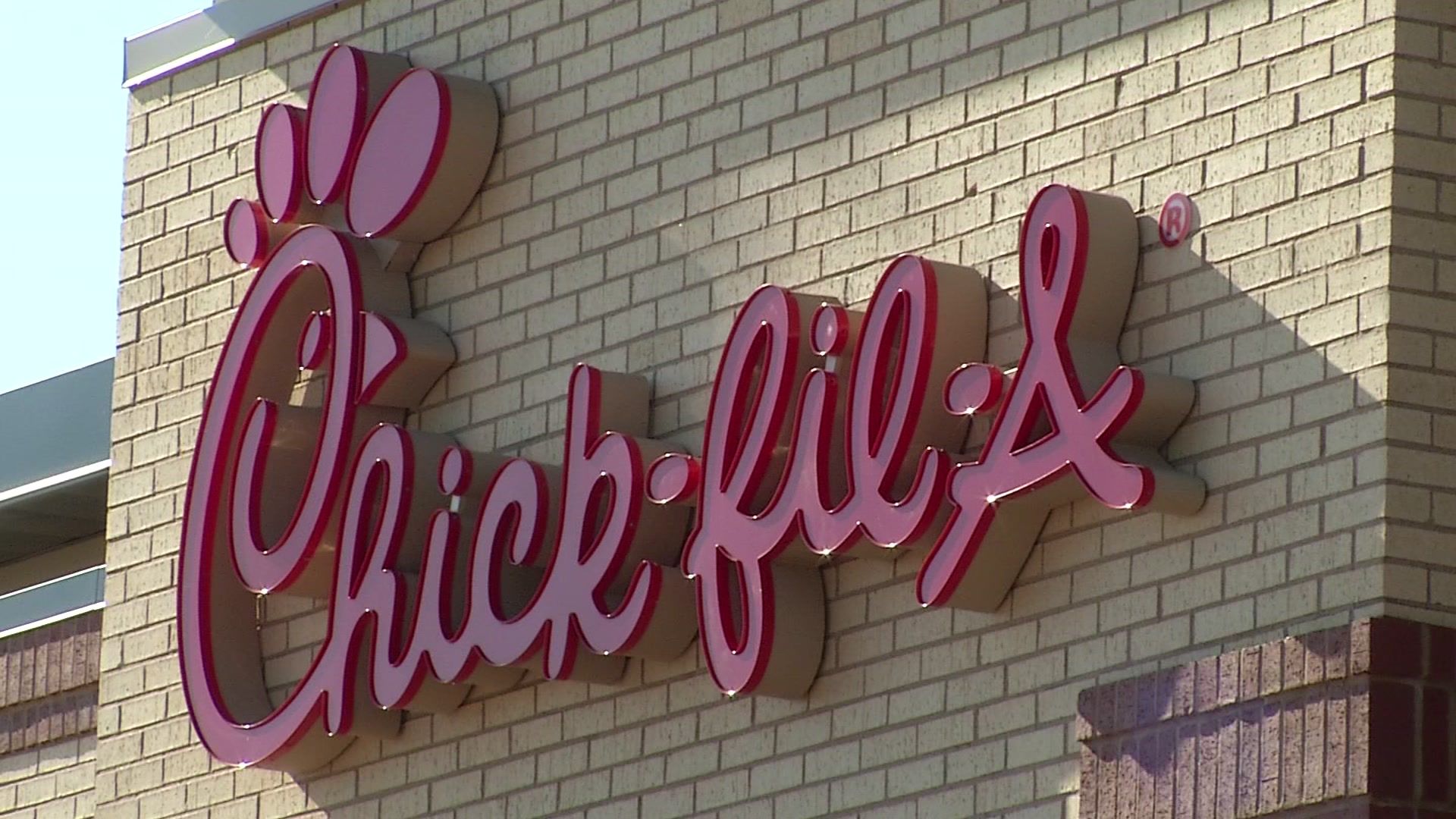Whereas many restaurants are having a hard time finding staff these days, Justin Lindsey is weeding by a pile of purposes so tall you’d suppose he was hiring for a Chief Taco Officer or Chief Candy Officer. However he’s not. The operator of Chick-fil-A Kendall in Miami, Florida is on the lookout for fast-food staff. Happily for him, they’re making use of in droves, as first reported by QSR magazine.
Final month, Lindsey acquired 429 purposes in a single week for only one full-time place. Surprisingly, the most important draw wasn’t the aggressive wage — it was the three-day workweek.
“I need to lead with generosity,” Lindsey, who began working the situation final summer season, informed TODAY Food. “And generosity for me is 2 issues: It’s pay and it’s time.” So, earlier this yr, Lindsey determined to experiment to see how he could possibly be a greater enterprise proprietor. He sat down in entrance of a calendar and crunched some numbers. The answer he arrived at was a three-day workweek — one thing fairly revolutionary within the restaurant trade, the place five-day workweeks are the norm.
At a company stage, Chick-fil-A didn’t care. “Since most Chick-fil-A eating places are independently owned and operated, native restaurant operators are in a position to create distinctive options to draw and retain prime expertise,” a Chick-fil-A spokesperson informed TODAY through e mail. To date, Lindsey’s game-changing schedule seems to be working.
Since implementing the three-day workweek in February, he hasn’t misplaced any of his 18 managers who all function on the schedule. And each different crew member who has opted for the schedule — 24 out of 140 staff have signed up for it — has caught with it.
“The fact is that this schedule doesn’t work for everybody. Not everybody needs to work longer days,” says Lindsey. “However for those that it does, it’s cool to see the constructive impression it’s had on their lives.”
Staff on the three-day workweek are separated into two pods: Every pod works three consecutive 12- to 14-hour days and enjoys having two weekends and 7 consecutive days off each month. They work with the identical folks day by day. That is virtually extraordinary for restaurant staff used to having a revolving door of colleagues and managers.
“What we’ve discovered is our pods are constructing these actually cohesive groups, they usually’re attending to know the strengths of the folks they’re working with and the areas of alternative,” famous Lindsey, who sees co-workers shortly changing into mates. “We even had pods happening trip collectively.”
One other perk of the three-day workweek is staff know their schedule upfront, for perpetuity. “We’ve taken the guesswork out of the schedule,” mentioned Lindsey. “Group members can now plan their lives upfront. They’ll plan childcare, college, holidays, and many others.”
The schedule is particularly widespread amongst Lindsey’s staff who’re single moms and college students. “Considered one of our leaders is on the brink of graduate from the College of Central Florida and she or he lately informed me that she will be able to’t think about how she would have graduated and did in addition to she did at school on a standard five-day workweek,” says Lindsey. He additionally lately heard from a crew member who used her seven consecutive days off to take a fall foliage-themed street journey to New York. On her previous schedule, such a visit wouldn’t have been possible.
In fact, his three-day-workweek staff are additionally a fan of the pay. They might be working fewer hours — some had been exhausted after placing in as many as 70 hours per week on their previous schedules — however they’re all making extra money per hour.
“We took folks in administration who had been working for $19 an hour and now we now have them making upwards of $30 to $35 an hour,” mentioned Lindsey. Full-time crew members not in administration who go for the three-day workweek begin at $17 an hour. Minimal wage in Florida (which noticed a $1 enhance in September) is at the moment $11 an hour.
Clearly, there’s a draw back to the schedule: Working from 9 a.m. to 10 p.m. — serving breakfast, lunch and dinner — isn’t simple. Nonetheless, Lindsey is lax with regards to breaks. His crew can select from taking 15-minute breaks or 30-minute breaks, they usually can take as many as they need, every time they need.
“We put no limitations on breaks,” he defined. “We put belief in our crew, they’re all adults, they usually reply in a very cool style. They know the enterprise has to run they usually know what are objectives are so that they embody these objectives.”
To date, the one draw back for Lindsey, who spends at the least eight hours per week new hires, is that he has a whole bunch extra purposes to type by. His telephone can be ringing off the hook. Different Chick-fil-A operators and even different chain eating places are reaching out to see the way it’s working.
“I simply inform them it really works nicely,” mentioned Lindsey.
This story first appeared on TODAY.com. Extra from TODAY:




